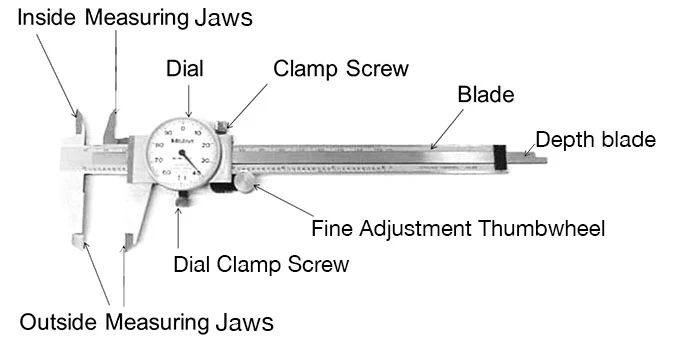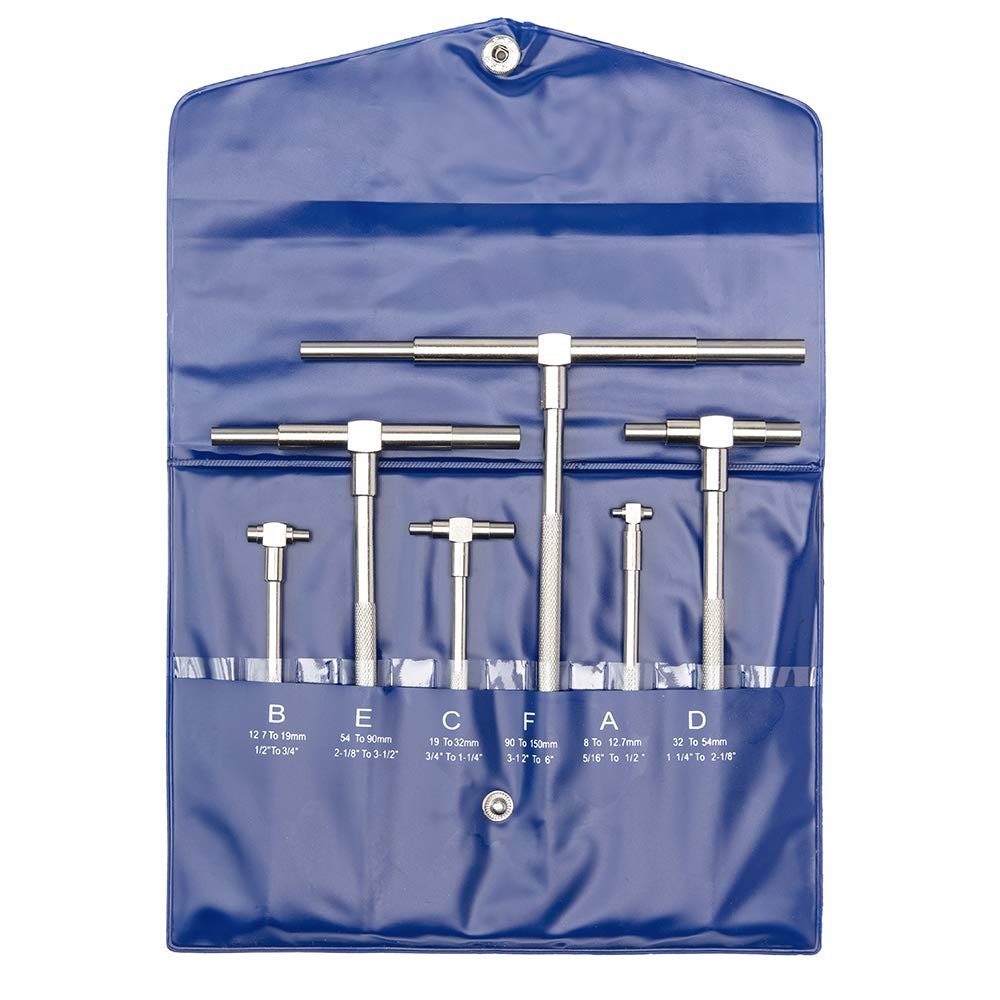-
Posts
734 -
Joined
-
Last visited
About tmj

Profile Information
-
Gender
Male
-
Location
: Sailing the trail upon the Dusty Ol' Seas of "Texas"
Recent Profile Visitors
-
 DelF reacted to a post in a topic:
What is known about GAWEGM
DelF reacted to a post in a topic:
What is known about GAWEGM
-
 paul ron reacted to a post in a topic:
Rock used for ballast in ships around the 12th century,what size and shape?
paul ron reacted to a post in a topic:
Rock used for ballast in ships around the 12th century,what size and shape?
-
 tmj reacted to a post in a topic:
USS Constitution by Der Alte Rentner - Model Shipways - 1/76
tmj reacted to a post in a topic:
USS Constitution by Der Alte Rentner - Model Shipways - 1/76
-
 tmj reacted to a post in a topic:
Lowell Grand Banks Dory by aaronc - Model Shipways - 1:24 scale - First Build
tmj reacted to a post in a topic:
Lowell Grand Banks Dory by aaronc - Model Shipways - 1:24 scale - First Build
-
 NavyShooter reacted to a post in a topic:
Rock used for ballast in ships around the 12th century,what size and shape?
NavyShooter reacted to a post in a topic:
Rock used for ballast in ships around the 12th century,what size and shape?
-
 paul ron reacted to a post in a topic:
Rock used for ballast in ships around the 12th century,what size and shape?
paul ron reacted to a post in a topic:
Rock used for ballast in ships around the 12th century,what size and shape?
-
 tmj reacted to a post in a topic:
Rock used for ballast in ships around the 12th century,what size and shape?
tmj reacted to a post in a topic:
Rock used for ballast in ships around the 12th century,what size and shape?
-
 tmj reacted to a post in a topic:
Rock used for ballast in ships around the 12th century,what size and shape?
tmj reacted to a post in a topic:
Rock used for ballast in ships around the 12th century,what size and shape?
-
 tmj reacted to a post in a topic:
Rock used for ballast in ships around the 12th century,what size and shape?
tmj reacted to a post in a topic:
Rock used for ballast in ships around the 12th century,what size and shape?
-
Makes sense, good sense, however. What about general merchant vessels, their needs regarding ballast, etc. Desirable properties of stones, or not... "ballast is ballast to those who need it." For those with an entrepreneurial mindset (probably everyone) ... I'm sure that offloaded, unwanted 'simple' ballast was a commodity often 're-sold' to those effectively needing to 'onload' such 'simple' ballast! A fee would surely be charged for the labor required to off-load that undesirable ballast, from one ship... then when 'another' ship was actually 'needing' ballast... 'that' captain would not only be charged for the labor to load the ballast onto his ship, but probably 'also' be charged for the ballast material itself! "One man's junk = 'another' man's bankroll X2!" I can see 'useful' ballast being used in the form of 'goods' being transported, but what if there was no market for those heavy and specific goods at a needful ship's destination. Junk ballast would need to be used, would it not? Would this type of ballast have been traded back and forth, for a profit, at ports? I'm just guessing here. Sounds like it would have been a good way to make some easy money back then! (Easy for the proprietor, not so much for those unloading and re-loading the ballast stones) 🤔
-
 GGibson reacted to a post in a topic:
USS Constitution by GGibson - Model Shipways - 1:76.8
GGibson reacted to a post in a topic:
USS Constitution by GGibson - Model Shipways - 1:76.8
-
 tmj reacted to a post in a topic:
Shrouds and Ratlines
tmj reacted to a post in a topic:
Shrouds and Ratlines
-
 tmj reacted to a post in a topic:
Interesting ship related book with interesting signature inside
tmj reacted to a post in a topic:
Interesting ship related book with interesting signature inside
-
 Paul Le Wol reacted to a post in a topic:
Billy 1938 by Keith Black - 1:120 Scale - Homemade Sternwheeler
Paul Le Wol reacted to a post in a topic:
Billy 1938 by Keith Black - 1:120 Scale - Homemade Sternwheeler
-
 Taken Aback reacted to a post in a topic:
What is known about GAWEGM
Taken Aback reacted to a post in a topic:
What is known about GAWEGM
-
 grimey reacted to a post in a topic:
What is known about GAWEGM
grimey reacted to a post in a topic:
What is known about GAWEGM
-
 Keith Black reacted to a post in a topic:
What is known about GAWEGM
Keith Black reacted to a post in a topic:
What is known about GAWEGM
-
Buy from 'known' reputable sources and support the folks who actually go through the motions of designing that stuff with hopes of maybe earning a dollar or two for their long, tiring efforts. Don't support the Chinese pirates that simply 'steal' hard earned intellectual property, make inferior copies and effectively drive the cost of the truly good stuff up much higher than it really 'should' be, via the basic laws of marketing, supply and demand. I might ruffle some feathers here, but I honestly don't care. "I hate 'thieves'!" As soon as I see country of manufacture being 'China', I quickly walk the other way! As tempting as the price 'always' is, I also know that the product is either stolen or extremely inferior in manufacturing quality! "Just say 'NO' and pay a few dollars more!" You'll be supporting legitimate, hardworking inventors and craftsmen, as well as preserving the integrity of great quality in the needful products being sold to us hobbyists! "Don't buy ill-gotten 'crap' just because it's cheap!" "Buy the good, legitimate stuff instead!"
-
There's a lot of truth in what wefalk states! While in Florida, I occasionally did metal fabrication and repair work for a 'salvage company'. I was told that the origin of a wreck was oft times determined long before the actual wreck itself was located, if located at all, due to the type of ballast stones found trailing along the bottom. Proper types of stones let them know they were on the right track. Improper stones meant a new, uncertain 'something' worth noting... but nothing to usually get excited about!
-

Tool to Take Measurement Inside of a Hull
tmj replied to ChrisLBren's topic in Modeling tools and Workshop Equipment
Bonus Tip! If you need to duplicate complex geometric shapes, get one of 'these'! They're called 'contour-gauges'. Shove the needles into, or upon the said curious shape, lock it down, then trace that projected shape onto paper, with a pencil, and you have a template to replicate whatever complex geometry was measured. 😉 -

Tool to Take Measurement Inside of a Hull
tmj replied to ChrisLBren's topic in Modeling tools and Workshop Equipment
Dial, or 'digital' calipers are always your best friend! They can measure 'anything', almost. Sometimes you'll need a telescopic 'I.D' gauge for difficult to measure areas, but you'll also need the caliper to measure what the I'D. gauge fits into. Caliper is good for 'this'. Note the inside measuring jaws, the outside measuring jaws, and the 'depth Blade'! Telescopic 'I,D.' gauges look like this. You put them 'inside' whatever you're trying to measure, rotate a screw to extend or retract the ends, then put your calipers on the ends of the I.D. gauge to get an exact measurement. These are really handy when certain things get in the way of simply using your calipers alone. With these two gadgets in your toolbox... there are very few things that you'll ever struggle to successfully and accurately measure! -
V6.0 looks really, really good! The scale is there, font looks proper, it's sooo dang close! Looks can be deceiving. I think you are there! simply darken the interior of your letters and if you want to get 'real' picky crisp up the outer edges of those letters just a teeny-tiny bit (don't clean up the edges so much that it looks professional) and you'll be spot on, just like the photo!
-
I typically don't paint. I try to get my joints fitting tightly, butttttt, I'm also not perfect. If I get something a bit loose, I like to dilute Titebond II (dark) with water and add it to the gap then sand with 220 grit paper to mix the sawdust with the wet glue. I use the dark Titebond as that is what I use between planks to simulate caulking. It dries super dark brown, like chocolate. Works really well for me. I do this while things are still in the rough, before final sanding and finishing. I'm sure it would work quite well for filling gaps that will be painted also, provided the gaps are not too large to fill with sawdust and glue.
-

La Renommee 1744 by ChrisLBren - 1/48 - 2025
tmj replied to ChrisLBren's topic in - Build logs for subjects built 1501 - 1750
Truly a work of art, in progress! -
tmj started following Fischkutter by Bryan Woods - Laser Creation World - 1:35
-
You're making this little boat look 'really' sweet! Great work, great progress!
- 20 replies
-
- Fischkutter
- Laser Creation World
-
(and 1 more)
Tagged with:
-

Good 'Hobby Quality' Metal Lathes
tmj replied to tmj's topic in Modeling tools and Workshop Equipment
This is quite true, however. Proper grinding/sharpening procedures of the tooling can typically level the playing field with all alloys. This is something that a body needs to learn how to do, manually, via trial and error. 'Off the shelf', mass produced HSS and Carbide cutters/tooling are merely a generalization of a wide range of 'typical' reliefs and standards. They're great, for the most part, however. If a tool is not cutting as well as you'd like, it is typically due to the grind of the tool along with improper feeds and speeds. I learned on steel(s), however. When I started messing with other alloys (brass comes to mind) things didn't work right, anymore. I was following the 'Machinery's Handbook' for Feeds and Speeds but not liking the results at all. I was befuddled, until an old-timer told me just how important the actual grind 'geometry' of the tooling was. One size, per se, does 'not' fit all. You can do everything right, but if your tool isn't properly shaped for the specific material you are cutting, you'll 'never' be satisfied with the finished results! Mass-produced, quick-change carbide cutters are fantastic for general work. I use them religiously! I also keep a good supply of HSS blanks on hand, at work, for those curious times when things just don't want to go right. I'll then break out a HSS blank, grind a little and turn a little... yadda, yadda, yadda on setup material. Once a good grind produces nice chips/shavings at a given feed/speed... it's time to get back to work and start making money again! 😏 You'll never find any traditional references to my custom grinds, as there are none. It's truly 100% trial and error via asking the metal 'and' your machine what it is that 'they' actually want via the current project at hand! Every project has the potential to be quite different! You need to be willing to adapt. -

Good 'Hobby Quality' Metal Lathes
tmj replied to tmj's topic in Modeling tools and Workshop Equipment
Have you tried 'hammering' your soft brass to work-harden it prior to turning? I do this with both copper and brass prior to machining. It works quite well. If you need to soften it up again, just heat it with a torch. I've never tried turning anything as small as .3mm. That's 'tiny!
About us
Modelshipworld - Advancing Ship Modeling through Research
SSL Secured
Your security is important for us so this Website is SSL-Secured
NRG Mailing Address
Nautical Research Guild
237 South Lincoln Street
Westmont IL, 60559-1917
Model Ship World ® and the MSW logo are Registered Trademarks, and belong to the Nautical Research Guild (United States Patent and Trademark Office: No. 6,929,264 & No. 6,929,274, registered Dec. 20, 2022)
Helpful Links
About the NRG
If you enjoy building ship models that are historically accurate as well as beautiful, then The Nautical Research Guild (NRG) is just right for you.
The Guild is a non-profit educational organization whose mission is to “Advance Ship Modeling Through Research”. We provide support to our members in their efforts to raise the quality of their model ships.
The Nautical Research Guild has published our world-renowned quarterly magazine, The Nautical Research Journal, since 1955. The pages of the Journal are full of articles by accomplished ship modelers who show you how they create those exquisite details on their models, and by maritime historians who show you the correct details to build. The Journal is available in both print and digital editions. Go to the NRG web site (www.thenrg.org) to download a complimentary digital copy of the Journal. The NRG also publishes plan sets, books and compilations of back issues of the Journal and the former Ships in Scale and Model Ship Builder magazines.








